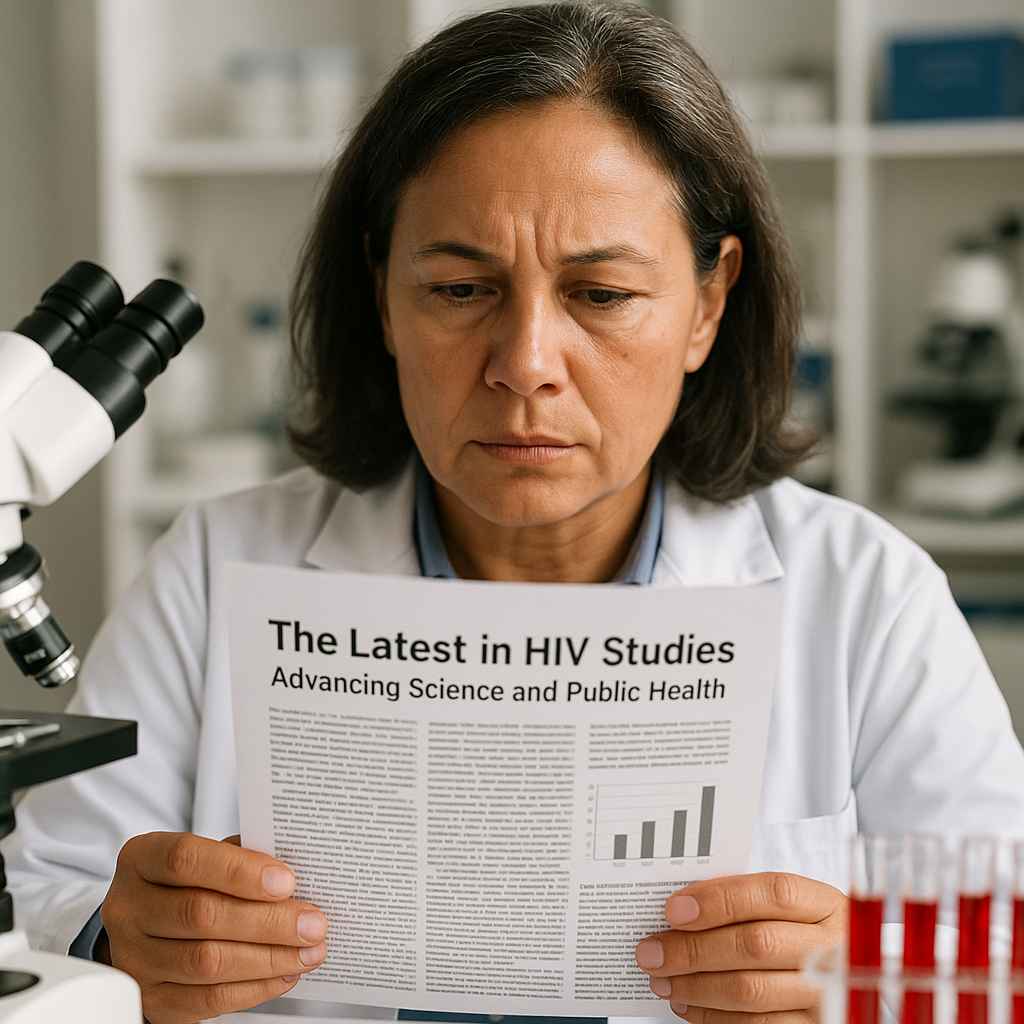HIV/AIDS is a global health crisis that continues to impact millions of people worldwide. Despite advances in prevention, treatment, and care, the disease continues to have a disproportionate impact on women and girls. According to the World Health Organization (WHO), women accounted for 50% of all new HIV infections globally in 2020. In addition, women living with HIV face unique challenges and barriers related to gender-based violence, discrimination, and stigma.
Gender disparities in HIV/AIDS result from a complex interplay of biological, social, and cultural factors. Women are more likely to contract HIV due to unequal power dynamics in sexual relationships, limited access to HIV prevention services, and higher rates of gender-based violence. Women living with HIV also face additional barriers to care, including stigma and discrimination, limited access to healthcare, and poverty.
To address these disparities, it is important to adopt a gender-sensitive approach to HIV/AIDS that takes into account the specific needs and experiences of women and girls. This includes providing women with accurate and accessible information about HIV, addressing gender-based violence, and improving access to comprehensive HIV prevention, treatment, and care services.
One promising strategy for improving access to HIV services is community-based approaches that engage women and girls in the response to HIV. Community-based programs that involve women and girls in the design and implementation of HIV services can help to build trust and improve uptake of these services. These programs can also help to address stigma and discrimination by fostering community support and creating safe spaces for women to access care.
Another important strategy is to improve access to education and economic empowerment opportunities for women and girls. Education and economic empowerment can help to reduce women’s vulnerability to HIV, as well as improve their ability to access healthcare and other essential services.
Finally, it is critical to address the underlying social and cultural norms that drive gender disparities in HIV/AIDS. This includes promoting gender equality, challenging harmful gender norms and stereotypes, and advocating for women’s rights. By breaking down these barriers, we can create a more equitable and just world for all women and girls living with HIV/AIDS.
In conclusion, addressing gender disparities in HIV/AIDS requires a multi-faceted approach that takes into account the specific needs and experiences of women and girls. By improving access to HIV services, empowering women and girls through education and economic opportunities, and challenging harmful gender norms, we can help to reduce the impact of HIV/AIDS on women and girls and create a more equitable world for all.
References: 1. World Health Organization. (2021). HIV/AIDS. Retrieved from https://www.who.int/news-room/fact-sheets/detail/hiv-aids
2. UNAIDS. (2020). Women and HIV. Retrieved from https://www.unaids.org/en/resources/fact-sheet
3. UNAIDS. (2020). Community-based approaches to HIV. Retrieved from https://www.unaids.org/en/resources/campaigns/zero-discrimination
4. UNAIDS. (2020). Education and HIV. Retrieved from https://www.unaids.org/en/resources/fact-sheet/education-hiv
5. UNAID. (2020). Gender and HIV. Retrieved from https://www.unaids.org/en/resources/fact-sheet/gender-hiv
*This article was produced with the assistance of artificial intelligence. Please always check and confirm with your own sources, and always consult with your healthcare professional when seeking medical treatment.

